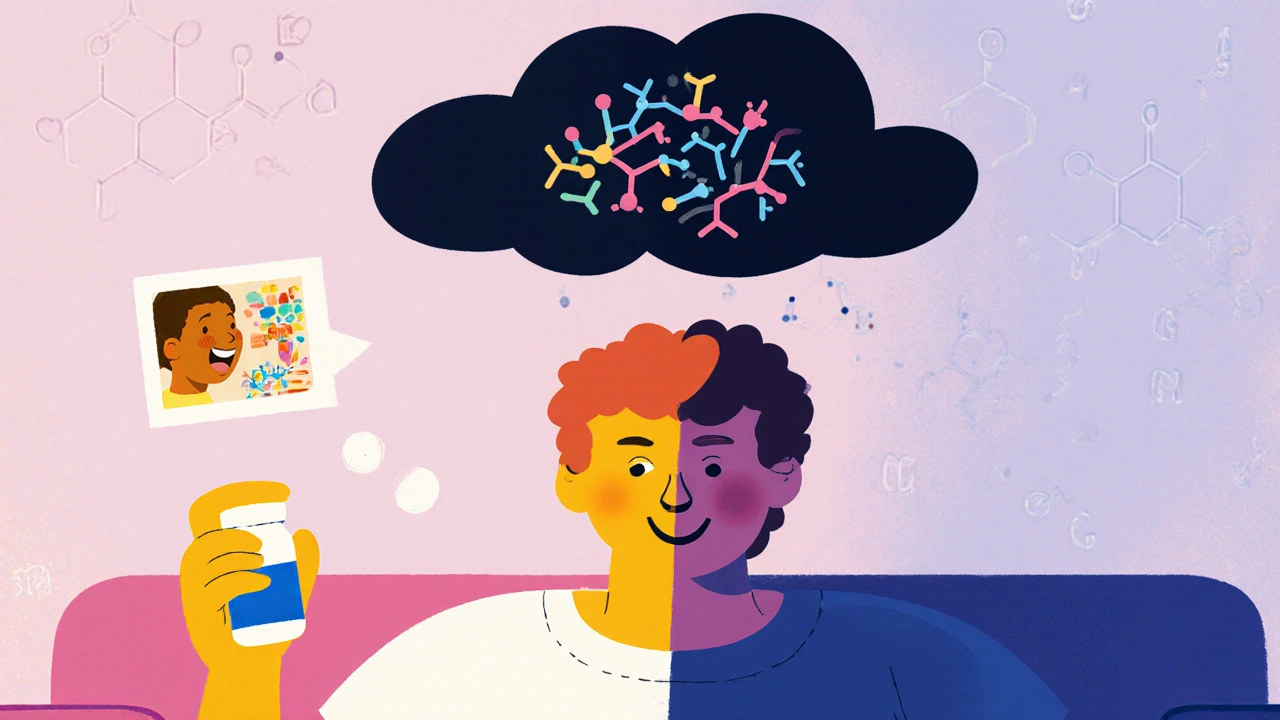Monitoring Opioid Mood Changes: What You Need to Know
When you take opioids for pain, you’re not just managing physical discomfort—you’re also affecting your brain’s chemistry. Monitoring opioid mood changes, the process of tracking emotional and psychological shifts linked to opioid use. It’s not optional—it’s a critical part of staying safe and in control. These drugs don’t just dull pain; they alter how you feel, think, and react over time. Many men notice they’re more irritable, withdrawn, or emotionally flat without realizing it’s tied to their medication. Others report sudden anxiety, depression, or even unexplained anger. These aren’t "just stress"—they’re biological responses to how opioids interact with your brain’s reward and stress systems.
It’s not just about addiction. Even when taken exactly as prescribed, opioids can cause mood swings, unpredictable shifts in emotional state that can happen days or weeks after starting or changing a dose. Also known as opioid-induced mood disorder, this isn’t rare. Studies show up to 40% of long-term users report significant emotional changes. These aren’t always obvious at first. You might think you’re just tired, or that work is getting you down. But if your mood drops after every refill, or you feel numb even when pain is gone, that’s a signal. Opioid dependency, a physical and psychological reliance that develops over time, even at therapeutic doses often hides behind these mood shifts. And if you’re not tracking them, you’re flying blind.
What you track matters. Keep a simple log: note your mood each day—stressed, calm, anxious, empty—and link it to your dose timing. Did your anxiety spike after a dose increase? Did your motivation drop after two weeks on the same pill? These patterns are clues. Doctors use this data to decide whether to adjust your dose, switch medications, or add support like therapy. You’re not just a patient—you’re the best source of real-time data on how your body and mind are responding. Pain medication mental health, the intersection of chronic pain treatment and emotional well-being isn’t a side note—it’s central to your recovery. Ignoring it can lead to worse outcomes than the original pain. The posts below give you real stories, practical tracking tools, and clear signs to watch for. You’ll find what works for men who’ve been there—not theory, not fluff. Just what you need to take back control.
Opioids can worsen depression over time, even when taken as prescribed. Learn how mood changes happen, what to watch for, and how to monitor and treat both pain and depression together.

